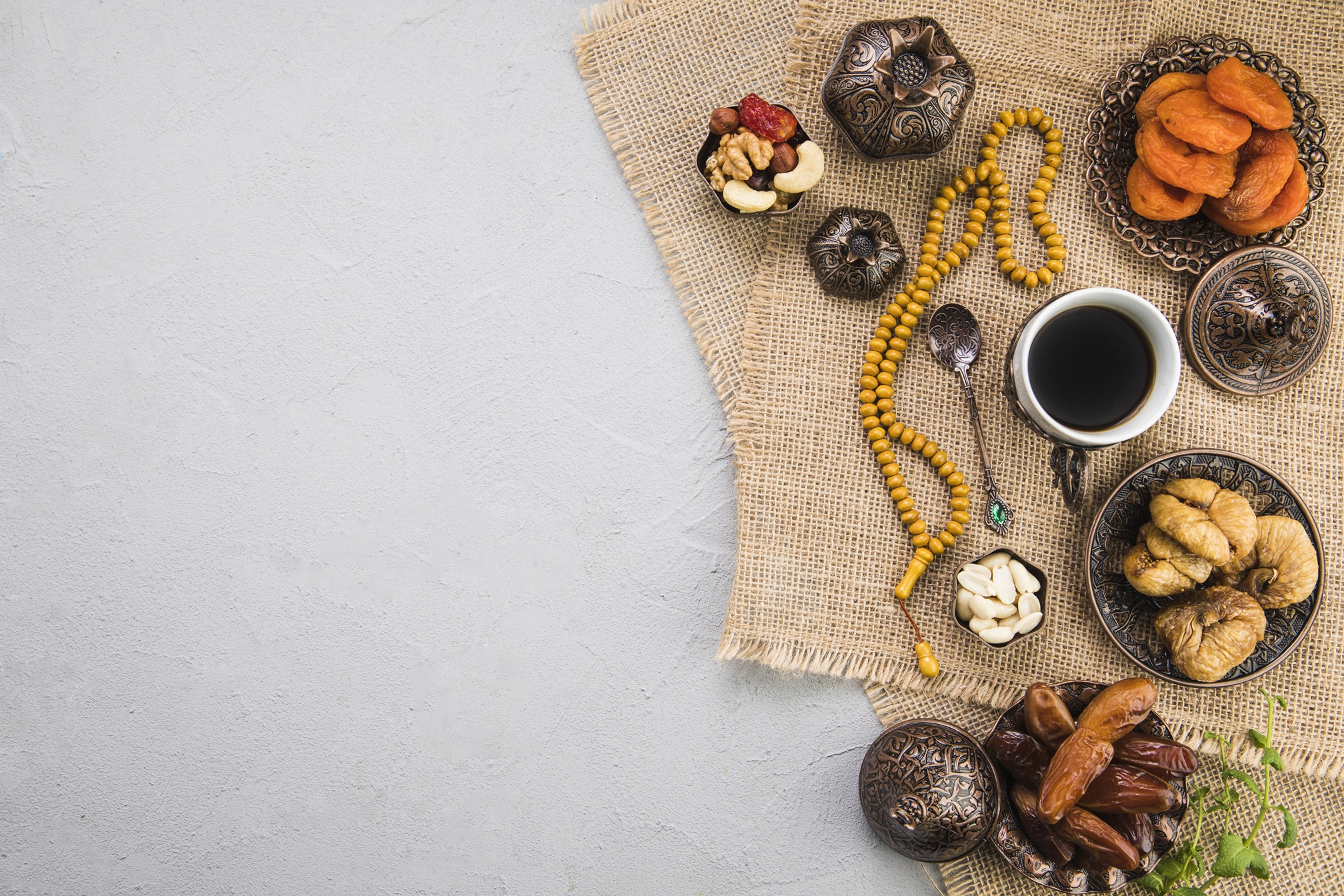Embracing the Joy of Eid al-Fitr: A Celebration of Renewal
As April unfolds, Muslims worldwide prepare to rejoice in the culmination of Ramadan with the festive occasion of Eid al-Fitr. This joyous festival, marked by prayers, feasting, and fellowship, holds profound significance for the Muslim community.

Eid al-Fitr, also known as the "Festival of Breaking the Fast," is a significant celebration for Muslims worldwide, marking the end of Ramadan and spiritual renewal. The festival begins with the Eid prayer, held at mosques or designated prayer grounds, where Muslims gather to offer thanksgiving and seek blessings for the year ahead. Following the prayer, families engage in various joyful activities, including exchanging greetings and gifts, visiting relatives and neighbors, and indulging in sumptuous feasts.
One significant aspect of Eid al-Fitr that should be highlighted is the practice of giving Zakat al-Fitr, also known as Fitrana. Zakat al-Fitr is a form of charity given by Muslims before the Eid prayer, intended to purify those who fast from any indecent act or speech and to help the less fortunate celebrate Eid. It is obligatory for those who possess the means to provide for themselves and their families. This act of charity ensures that everyone in the community can partake in the joyous festivities of Eid, reinforcing the spirit of compassion, solidarity, and social justice within the Muslim ummah.
Delightful Eid Cuisine
Eid al-Fitr is a time for culinary delights, including traditional Eid desserts like Sheer Khurma, Biryani, Kebabs, Samosas, Zarda, and Maamoul. Sheer Khurma is a creamy vermicelli pudding with saffron, cardamom, and dried fruits, Biryani is a fragrant basmati rice dish with meat, spices, and fried onions, Kebabs are marinated meat skewers, Samosas are crispy pastry pockets filled with spiced potatoes, Zarda is a fragrant sweet rice dish with cardamom, and Maamoul is cherished Eid treats.
Recipe: Sheer Khurma
Ingredients:
1 cup vermicelli
4 cups milk
1/2 cup sugar (adjust to taste)
1/4 cup ghee (clarified butter)
1/4 cup mixed nuts (almonds, cashews, pistachios)
1/4 cup raisins
1/4 teaspoon saffron strands
4-5 green cardamom pods, crushed
2 tablespoons rose water
Chopped dates for garnish
Silvered almonds and pistachios for garnish
Instructions:
In a deep pan, heat ghee over medium heat and add the vermicelli. Roast until golden brown, then remove from the pan and set aside.
In the same pan, add the mixed nuts and raisins. Sauté until the nuts are lightly golden and the raisins plump up. Remove and set aside.
In the same pan, add the milk and bring to a gentle boil. Reduce the heat and simmer for 10-15 minutes, stirring occasionally.
Add the roasted vermicelli to the milk along with the crushed cardamom pods and saffron strands. Continue to simmer until the vermicelli is cooked and the milk thickens slightly.
Stir in the sugar and rose water, adjusting the sweetness according to taste. Add the sautéed nuts and raisins, reserving some for garnish.
Cook for another 2-3 minutes, then remove from heat. Allow the Sheer Khurma to cool slightly before serving.
Garnish with chopped dates, silvered almonds, and pistachios before serving.
Celebrating Eid al-Fitr by Khansa Banu
When we talk about Muslim food or food associated with the Muslim community, the first thing that springs to mind is sewai, also known as sheer khurma. "Sewai" is a dessert that is traditionally served at Eid-al-Fitr and Eid-al-Adha in Asia.
Eid-al-Fitr is celebrated after the holy month of Ramzan, during which we fast for the whole month. To honor Eid-al-Fitr, we host a huge feast with a range of foods such as pulav, biryani, and a must-have type of meat, usually curry or shawarma.
The culinary diversity differs by region; for example, if sheer khurma is popular in Asia, baklava is popular in North America; similarly, sweet samosa, kanafeh, and stuffed dates are popular in the Middle East, while Turkey has a variety of Turkish delights. As previously said, sewai are most popular in Asia, and there are many different styles and types of sewai.
Another important event for us is Eid-al-Adha, commonly known as Bakhar Eid. So, this Eid is fairly similar to Dashain. We sacrifice the goat and travel to our aunts and uncles' places. Also, at Eid, we eat sewai, and mutton is famous because we sacrifice it. We keep the appropriate quantity of meat for ourselves, divide some parts for our relatives, and donate the rest to the needy and destitute.
And during Eid, we may consume a variety of mutton dishes such as curry, seek, fried, korma, and much more, along with biryani. It is a time for celebration and sharing with loved ones, as we gather to eat delectable meals created with the sacrificial meat. The act of Qurbani not only represents devotion to Allah, but it also teaches us the value of giving back to our community and assisting the less fortunate. Dates, honey, milk, olives, and black seeds are some of the foods that are consumed by all Muslims and are considered sacred to us. These delicacies are not only tasty but also have religious and cultural significance in the Muslim community. Sharing these traditional delicacies deepens the link between family and friends during this wonderful time of year.


